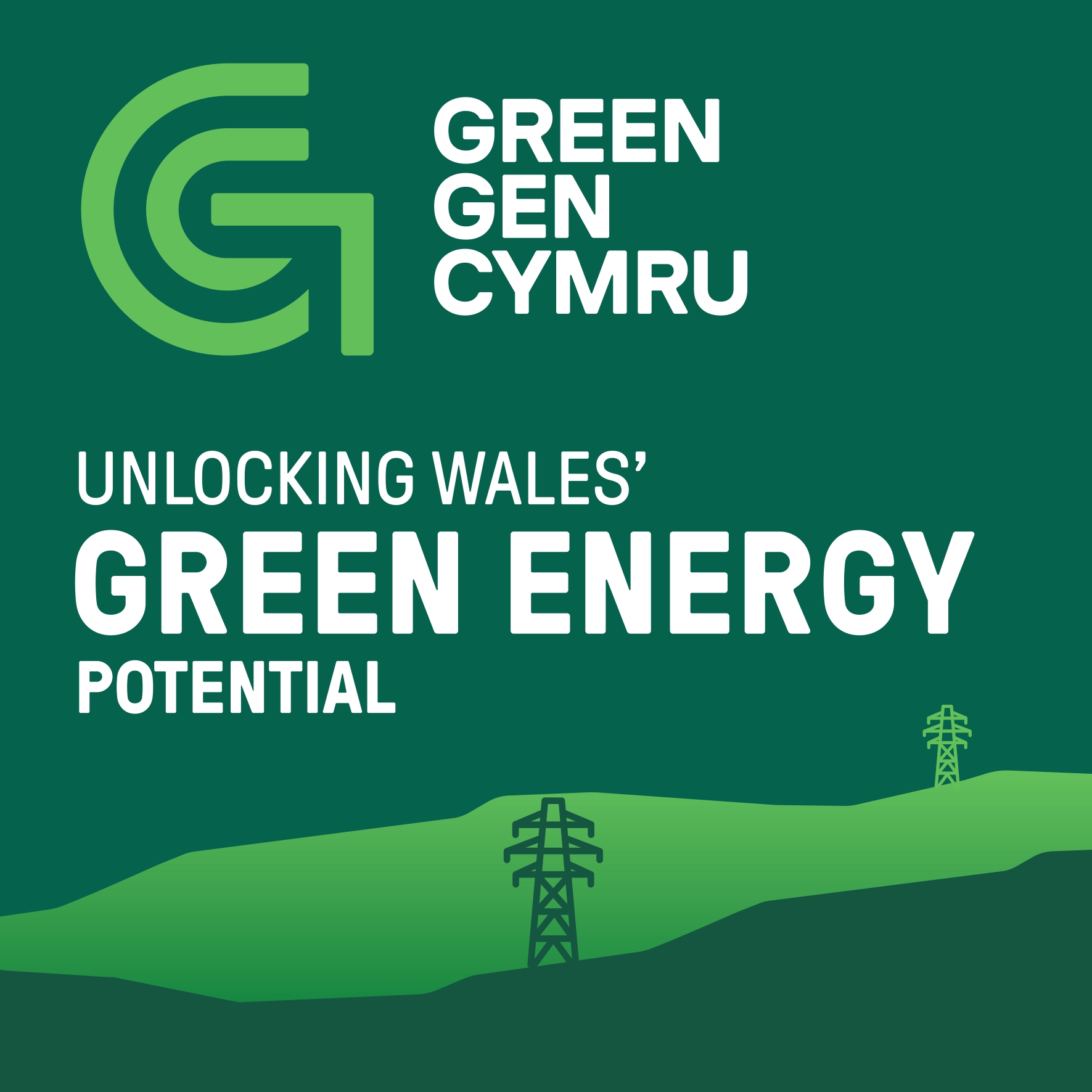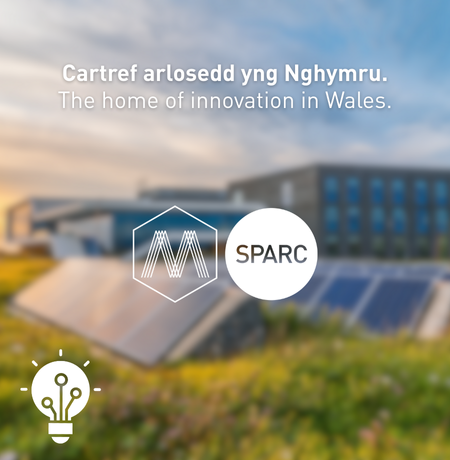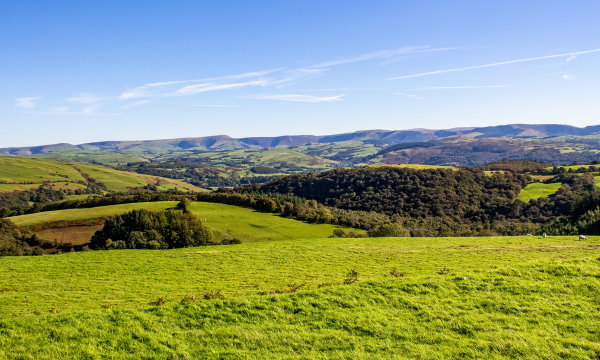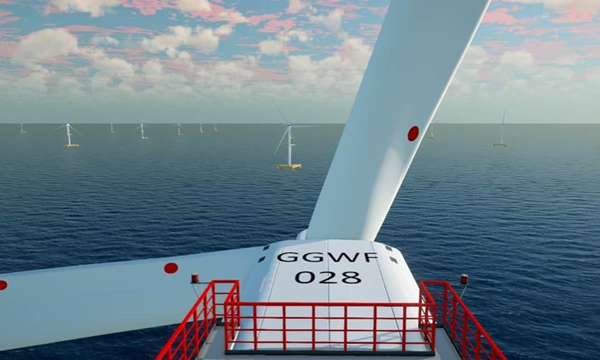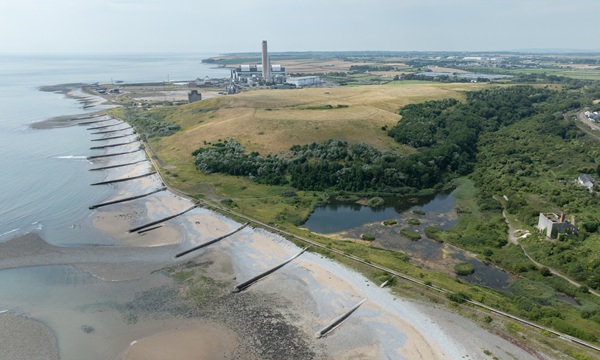
Previously untapped heat from a mine water treatment scheme (MWTS) in Wales is now being harnessed to provide low-carbon heating for a nearby business.
Reducing carbon emissions from traditional fossil fuel heating remains a significant challenge in the fight against climate change. Wales, with its industrial heritage and coal mining past, has recognised the potential of mine water heat, through its Heat Strategy for Wales, as a viable option to support a just transition to renewables.
As part of this commitment, the Mining Remediation Authority identified an opportunity for low-carbon heat recovery at its Lindsay MWTS near Ammanford, Carmarthenshire. This was part of its work commissioned by the Welsh Government to map areas of Wales most suited for mine water heat schemes.
The Mining Remediation Authority operates more than 80 MWTS sites across Great Britain. At Lindsay, the scheme pumps and treats an average of 25 litres of mine water per second – nearly enough to fill an Olympic-sized swimming pool every day. This process removes approximately 28 kilograms of iron each day, preventing it from entering local watercourses. By doing so, the scheme protects the Ffrwd Brook, which flows into the River Loughor, safeguarding aquatic ecosystems and contributing to cleaner, healthier rivers in the region.
Now, for the first time in Wales, the heat from mine water is being harnessed to provide secure, low-carbon heating at an industrial site. The mine water is naturally warm due to geothermal energy from the earth’s crust and heat retained from its time circulating through underground rock layers and former coal mines. Working in collaboration with local business Thermal Earth Ltd, the renewable heat project secured funding through Innovate UK’s New Innovators in Net Zero Industry, South West Wales initiative.

Constructed in just two weeks, the innovative project utilises heat exchangers submerged in one of the settlement ponds at the Lindsay MWTS to recover heat from mine water. The heat is then transferred to a nearby industrial unit to supply low-carbon heating and hot water. The scheme officially went live on 14 March 2025 and is predicted to save 17.5 tonnes of CO2 per year.
Andrew Simpson, Head of Innovation, By-Products and Services, at the Mining Remediation Authority, said:
“It’s been incredibly rewarding to see this forward-thinking project, transforming part of our mining legacy into a source of clean, renewable heat. It’s a powerful example of how innovation, collaboration and technical expertise can work together to deliver real-world solutions to the climate challenge.
“This scheme demonstrates how Wales’ industrial heritage can be repurposed to support a low-carbon future. By unlocking the potential of mine water heat, we’re not only reducing emissions but also creating a blueprint for sustainable energy that can be replicated across the country. We hope this success inspires others to explore the untapped potential of mine water heat as a reliable, renewable energy source.”
Nick Salini, Managing Director of Thermal Earth Ltd, said:
“Completion of this demonstration project marks a monumental step forward in sustainable energy innovation. By harnessing the untapped thermal energy from mine water, we’re not only pioneering the first commercial use of heat from a mine water treatment scheme in Wales but also redefining what’s possible for renewable heating.”
Since establishing Thermal Earth in 2006, Mr Salini has been a strong advocate for sustainable heating solutions. Growing up in Ammanford, a town with a long mining history, he recognised the potential of abandoned mine water as a heat source. By completing this demonstration system, Thermal Earth has successfully converted its facility away from LPG (liquefied petroleum gas), reducing dependence on fossil fuels and showcasing the possibilities of innovative renewable solutions.
Mr Salini added:
“This project wouldn’t have been possible without the collaboration of the team at the Mining Remediation Authority and Innovate UK, who shared our ambition to turn the Lindsay site into a sustainable asset. Together, we have proven that innovation can thrive with collaboration.
“We hope this project is just the beginning. This model can be scaled and replicated to provide local communities with heat networks offering low-cost heating for residents and businesses, with the potential to create jobs within the green economy.”
Welsh Government Cabinet Secretary for Economy, Energy and Planning, Rebecca Evans, said:
“This innovative project is a perfect example of how Wales is turning its industrial heritage into sustainable solutions. By harnessing heat from former mine workings, we're not just reducing carbon emissions but creating new economic opportunities in our communities.
“The mine water maps, commissioned by the Welsh Government, recognised the significant role mine water heat can play in our journey to net zero. This scheme demonstrates what’s possible and creates a model that could be replicated across Great Britain, utilising local expertise and supply chains. This is exactly the kind of collaborative approach that will help us build a more sustainable, prosperous Wales for future generations.”
The Lindsay MWTS has been successfully treating mine water since 2003, with the Mining Remediation Authority pioneering the concept of adding heat recovery features to its treatment sites as part of its wider geothermal energy research.
This new development follows the success of the pioneering, privately funded project at Lanchester Wines warehouses, which has been successfully using mine water to provide low-carbon space heating since 2018, and the Gateshead scheme, the UK’s first large-scale mine water heat network, which began providing heat to homes and businesses in March 2023.
The Thermal Earth scheme serves as a powerful operational demonstrator, showcasing another innovative way to access mine water heat and inspiring confidence in future projects across Wales and Great Britain. It is hoped that the data from the scheme will help build investor confidence and encourage other organisations to explore this technology, furthering knowledge-sharing within the sector.

